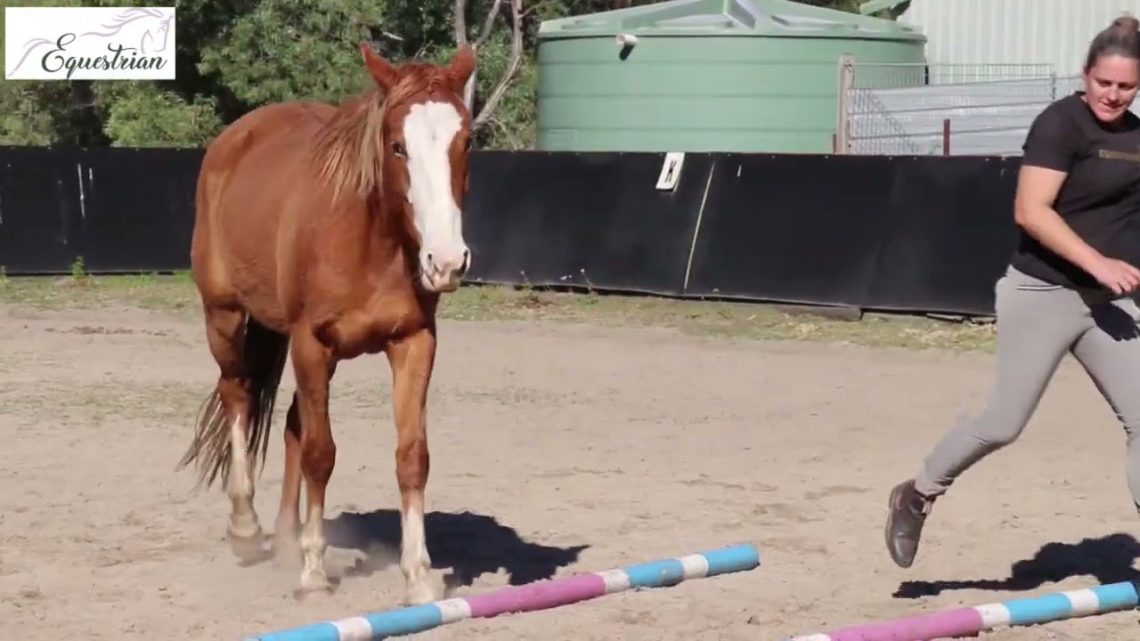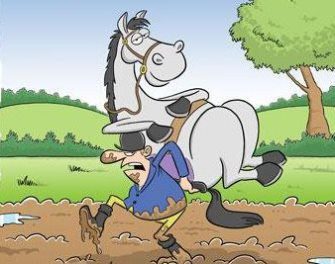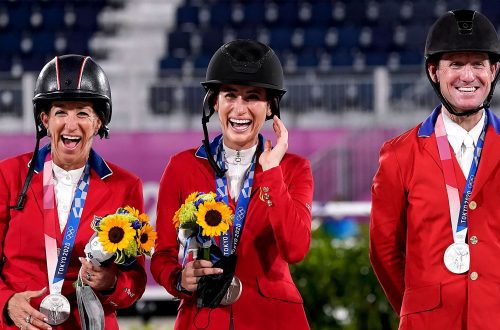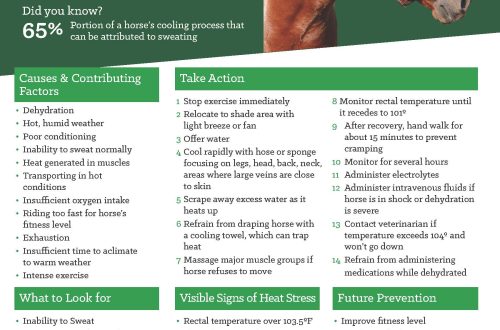
Is your horse testing you?
Is your horse testing you?
How often do we hear that a horse’s bad behavior is explained by the words: “He’s testing you!” The subject of the test is how you cope with the task of controlling the “checker”, and your job is to show your best side.
The very term “testing” suggests to some extent what you expect to fail. This creates a feeling of irreversibility – in order to correct the behavior of your horse, you must definitely come up with something to stay “on top”, and the sooner the better.

The most interesting thing about this statement is that it makes the rider not actually responsible for the actions of the horse – we get undesirable behavior simply because the horse decided to test us.
The decision usually comes quickly – the horse should be punished in one way or another to show who is the “owner” in the pair. Trainers are likely to explain the correctness of this approach by saying that in the wild, horses must test their leaders to make sure the leader is strong enough to ensure the welfare of the herd, otherwise the herd will not be safe. This is how we are blessed to use power, deciding that this is how it should be in the wild, and that, therefore, the horse will understand and accept the appropriate behavior on our part.
At first glance, this seems like a rational argument, but let’s take a deeper look at it. A wild herd consists of many horses, all horses in it obey the established hierarchy. Do the horses in the herd really “test” the leaders on a daily basis? This seems unlikely. Most likely, they only test the strength of their leaders when they see that the leader is weakening.
Let’s assume that the “checks” theory is correct. This means that all horses want to be leaders. But such a statement cannot claim to be true, given the facts we know about horses. In the “wild” they live in herds (which is no longer a completely independent spirit) and when the herd moves, most horses prefer to follow another horse, or at least be close to it.
The “checkout” theory also implies that horses have a specific plan of action for the day and that they think beyond their experience, but this also seems unlikely as horses are not creative in other areas that would support this type of thinking.
Finally, the “test” theory implies that horses are, to some extent, our enemies, trying to outsmart us. If the horses were really hostile towards us and strived for constant competition, I believe they would quickly put us in our place, simply by using their brute strength and considerable size!
Now let’s drop the idea that horses are testing us without justification and suppose they only test our leadership if they see that some of us can’t be leaders. Such behavior would make sense from a survival point of view, as horses must be alert to weak leaders in order to ensure their own safety.
This theory also makes sense, since we all We know how quickly horses learn from negative experiences. If a horse has learned from experience that a bad human leader causes him pain/frustration, while a good human leader, on the contrary, provides comfort and pleasure, then the horse will look for signs of a bad leader in people and, if they are found, show concern and demonstrate what we call bad behavior.
Finally, we know that people can form strong bonds with horses, and that horses can be trained to hear and understand the most subtle effects of controls, which would not be possible if horses were constantly looking for ways to test their rider.
Most often, people talk about the horse “testing” the rider when discussing situations outside of work areas. Does your horse glow or twirl when you enter a path into a forest or field? Of course she’s testing you! Right!? However, this behavior rather indicates that:
1) the horse does not feel that you can keep him safe in these conditions and wants to stay close to other horses with whom he thinks he is safe;
2) the horse remembers that such walks are unpleasant and uncomfortable. Perhaps in the last time(s) you made a very long and tiring trip, because of which the horse was tired, very frightened or in pain.
But if we punished a horse during a “test” and his behavior changed dramatically, doesn’t this mean that the appropriate type of training is working and that the horse was really testing us? Not!
Punishing the horse will probably cause it to step onto the path and go into the woods/field, as the horse will start to fear you more than what it previously feared. The problem with this is that you haven’t done anything to restore the level of trust you have (or don’t) have with your horse. As a result, similar problems will arise again and again, although perhaps in different situations. Your relationship will give a crack, and one day you may find that the horse has “locked in.” She will upset, goat or shine, not even because she is really scared of something, she will be afraid to “explain” to you what is wrong, expecting you to beat her for it!
I suppose that most of the problems that people call “validation”can be divided into the following categories:
1. Anxiety / fear.
2. Message.
3. Question.
4. Disappointment.
Anxiety or fear can come in many forms, but usually the horse shows subtle signals of growing anxiety that are not noticed by the human until they become more and more obvious, such as candles, kicking, goats. A horse that doesn’t trust its rider may become anxious when you try to ride it away from the stable alone. without the company of other horses, and she may try to return to the safety zone. If the rider continues to force the horse to move away from the stable without reducing his anxiety level, the horse may resort to candles and goats.
Question. The horse would like to suggest what it thinks is a better option or an easier course of action. So, she may begin to pull the reins out of her hands, trying to pinch the grass, if it seems to her that right now it would be possible to graze. The horse may offer to perform an easier/different movement in response to a cue asking for a more difficult movement that you think the horse “can” do. Horse asks, whether her “answer” will suit you.
Message. The horse is trying to tell you that something is embarrassing him, he cannot continue to comply with your demands, or he is experiencing pain. An example would be a horse that goes well “on the bit” but then starts to pull on the reins. The horse doesn’t test the rider’s determination to keep him on the bit – he just says that his back and neck hurt and he needs to stretch and relax them. Another common example is a horse whose work behavior suddenly changes (for example, she stops standing still while the rider is mounted in the saddle, or she is frightened by something insignificant in the corners, which she had not noticed before). This can often be a sign that you are using the wrong or ill-fitting gear, dental problems, or other physical problems that you are currently experiencing. do the ride uncomfortable for the horse. Unfortunately, the horse has too few ways to tell us something.
Disappointment. Training horses who know how to work with experienced riders and have a preference for that kind of work can often test new riders. Poor training horses! People often forget that beginners are usually unbalanced, have jerky movements, rude the horse, limit it, making it uncomfortable to work under the rider, unclear commands. All this pushes the horse away from such riders. Training horses are smart enough to usually tell the rider’s level before they even get into the saddle. Knowing that their upcoming trip is unlikely to be pleasant, they begin to behave badly.
The next time your horse starts showing signs that you previously would have considered trying to “test” you, think about what the horse might be trying to tell you. You will find that if you take this approach, two truths will be revealed to you. The first is that you will begin to think more about the behavior of the horse and start looking for ways to cooperate with him, and not be violent. And the second is that you will begin to understand horses better, which will make you a real equestrian.
Karen Nelson (source); translation by Valeria Smirnova.





